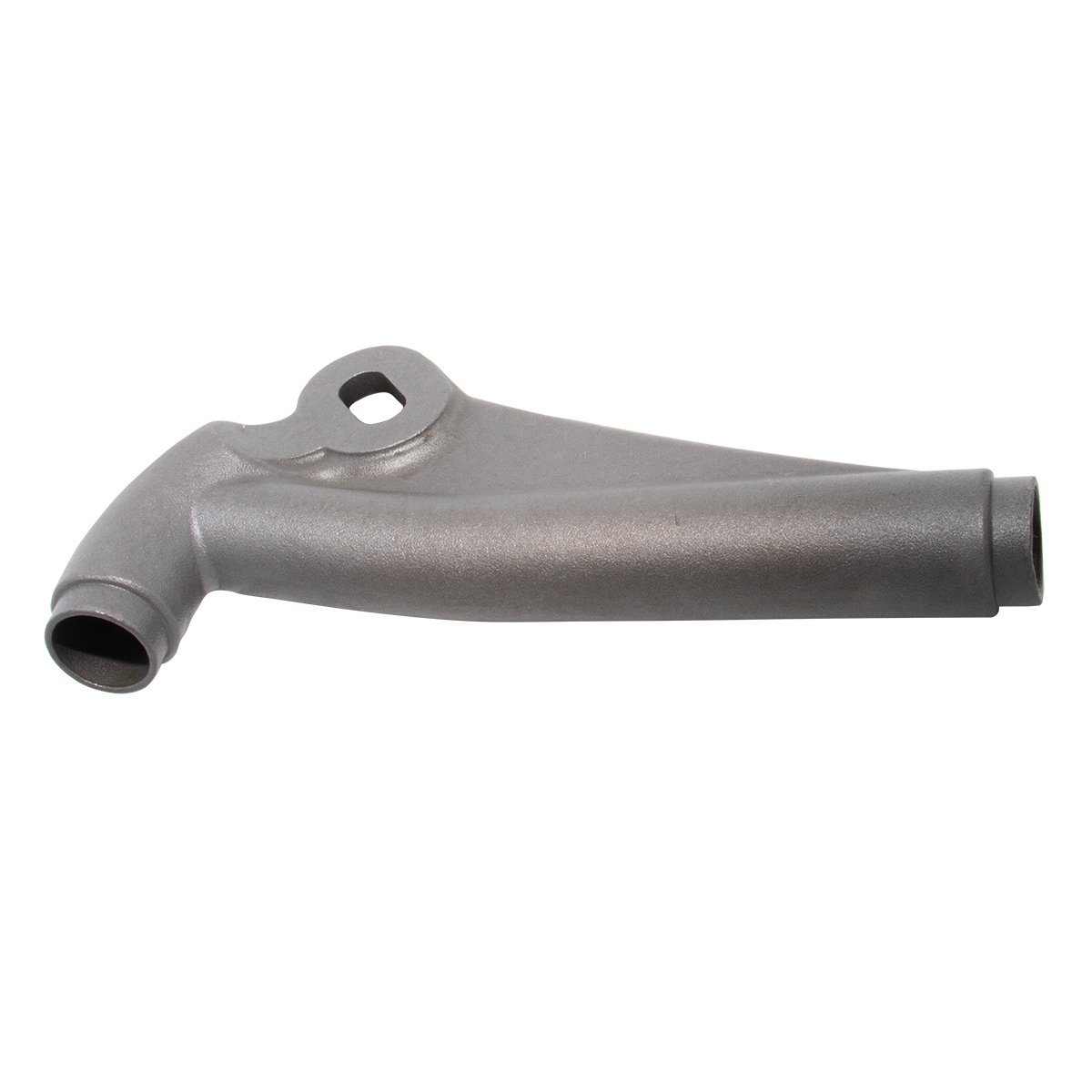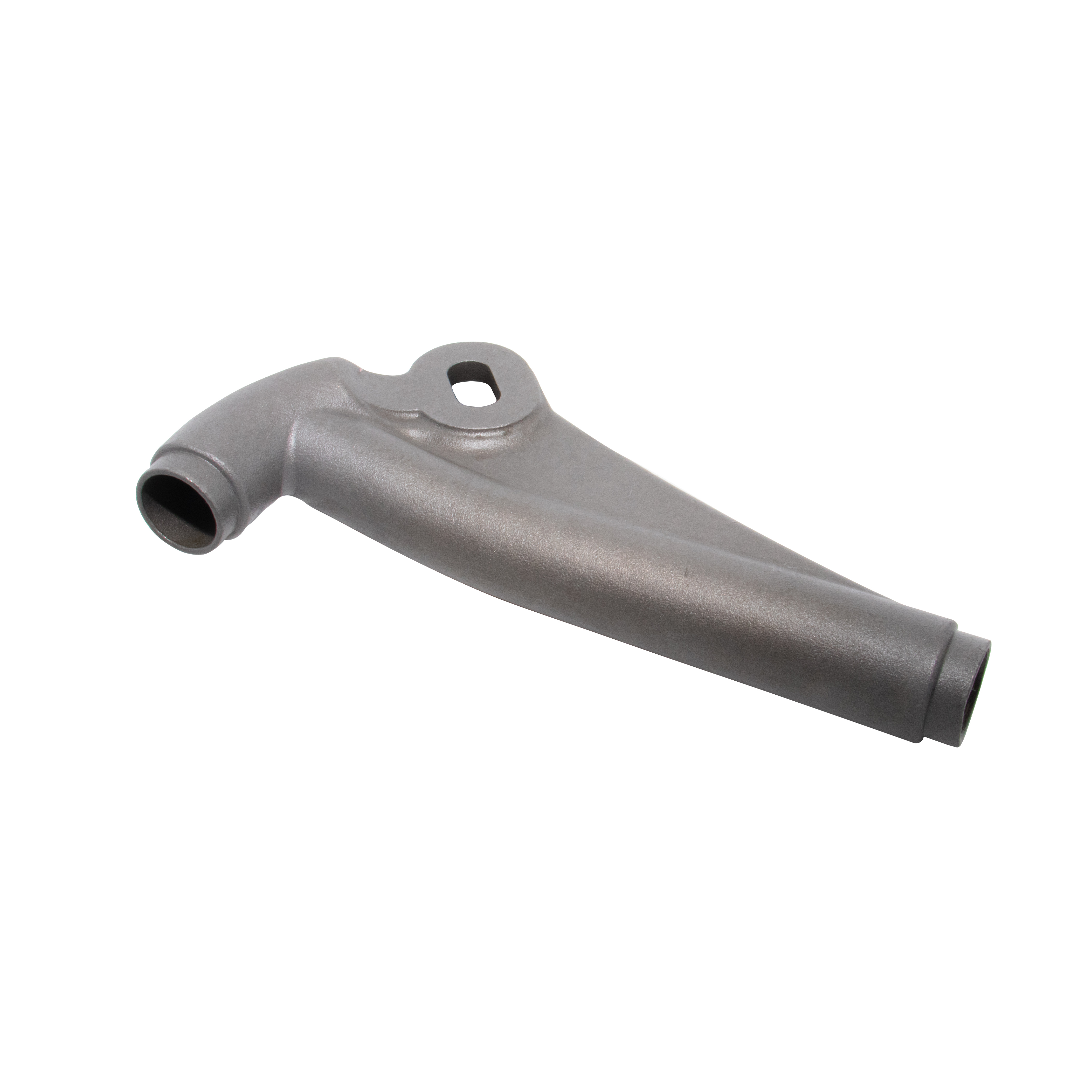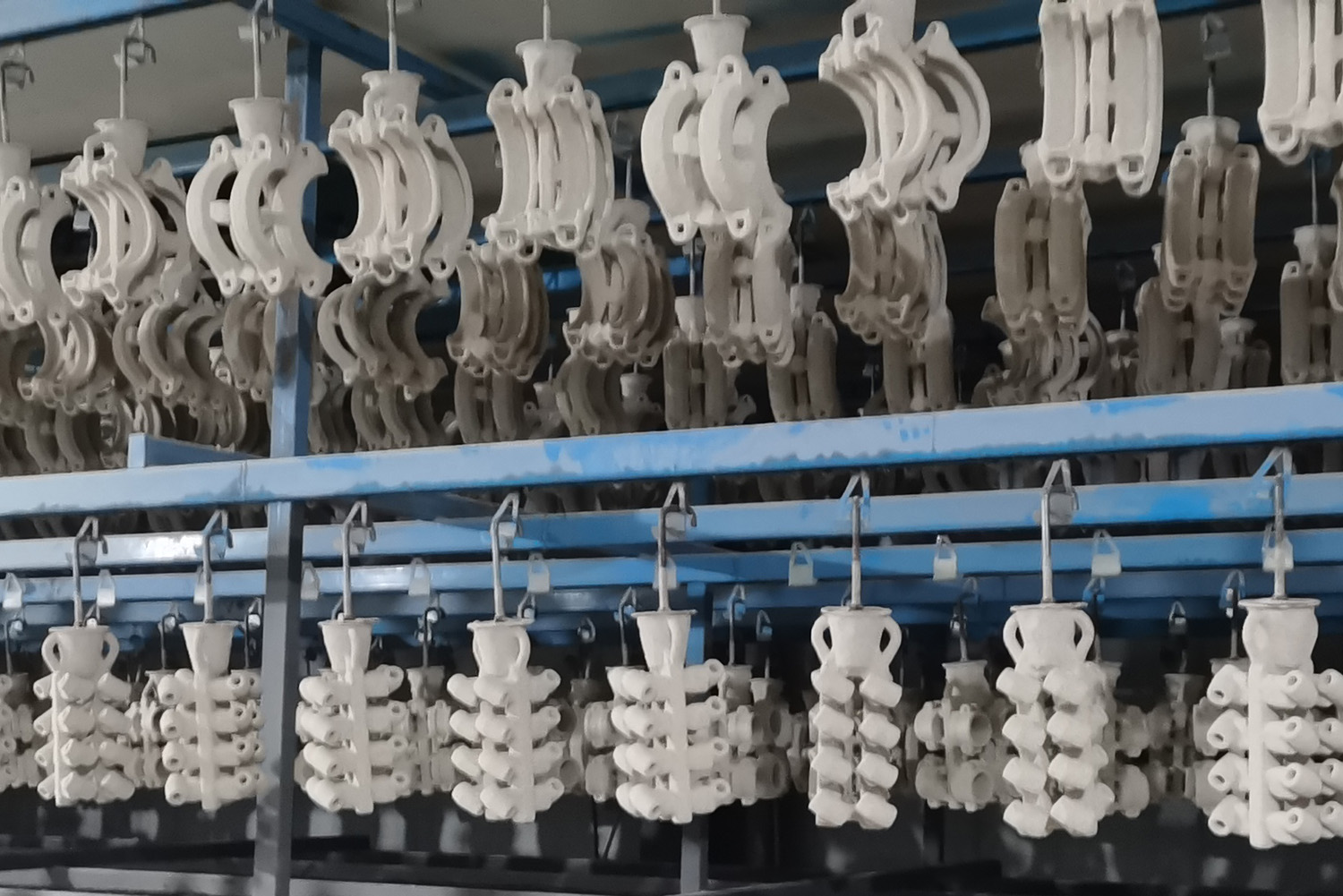In metal processing and manufacturing, investment casting has become one of the preferred processes for the production of high-precision and complex structure castings with its unique advantages. This ancient and constantly innovative technology has greatly promoted the progress and development of industrial production.
1. A model of high precision and finish
One of the most striking features of investment casting is that it can produce castings with extremely high dimensional accuracy and low surface roughness. Depending on the characteristics of different alloys, the dimensional tolerance can reach the level of CT4 to CT7, and the surface roughness is generally controlled between Ra 1.6 µm and Ra 6.3 µm, and even under certain optimized conditions, it can reach an astonishing 0.8 µm. This near-perfect dimensional accuracy and surface quality make investment casting an ideal choice for the production of castings with complex shapes and strict precision requirements. The application of near-net-shape casting technology allows castings to meet the use standards almost without additional processing after forming, greatly simplifying the production process and reducing costs, while retaining the dense layer on the surface of the casting, improving the overall performance and service life of the castings.
2. Shaper of complex structures
Another major advantage of investment casting is that it can cast complex structural castings that are difficult to form with other process methods. Whether it is a large and complex single casting or a precision assembly, investment casting can easily cope with it with its unique process characteristics. This ability has made investment casting widely used in many fields such as aerospace, automobile manufacturing, medical equipment, and precision instruments, and has become an indispensable part of these industries.
3. Proficient in fine holes and thin walls
Investment casting has also demonstrated extraordinary strength in manufacturing castings with special-shaped complex small holes and thin-walled structures. This process can accurately control the wall thickness and internal structure of the casting, ensuring that the casting has excellent mechanical properties and stability while meeting the design requirements. This feature makes investment casting also have a place in the fields of micro-machinery, precision electronic components, etc.
4. Wide range of alloy adaptability
Another notable feature of investment casting is its wide adaptability to alloy materials. Whether it is common metal materials such as aluminum alloys, magnesium alloys, copper alloys, titanium alloys, or special materials such as high-temperature alloys, difficult-to-process alloys, and composite materials, investment casting can easily handle them. This wide range of alloy adaptability enables investment casting to meet the diverse needs of different industries and different application scenarios.
5. Flexible production mode
Investment casting also has extremely high production flexibility. It can be applied to large-scale batch production to meet the market's large demand for standard parts; it can also adapt to small batch or single-piece customized production modes to meet personalized and differentiated market needs. In terms of casting size and weight, investment casting also performs well, from micro parts of a few millimeters to large components of thousands of millimeters, from lightweight parts of a few grams to heavy castings of hundreds of kilograms, it can easily cope with it.


Post time: Aug-27-2024


